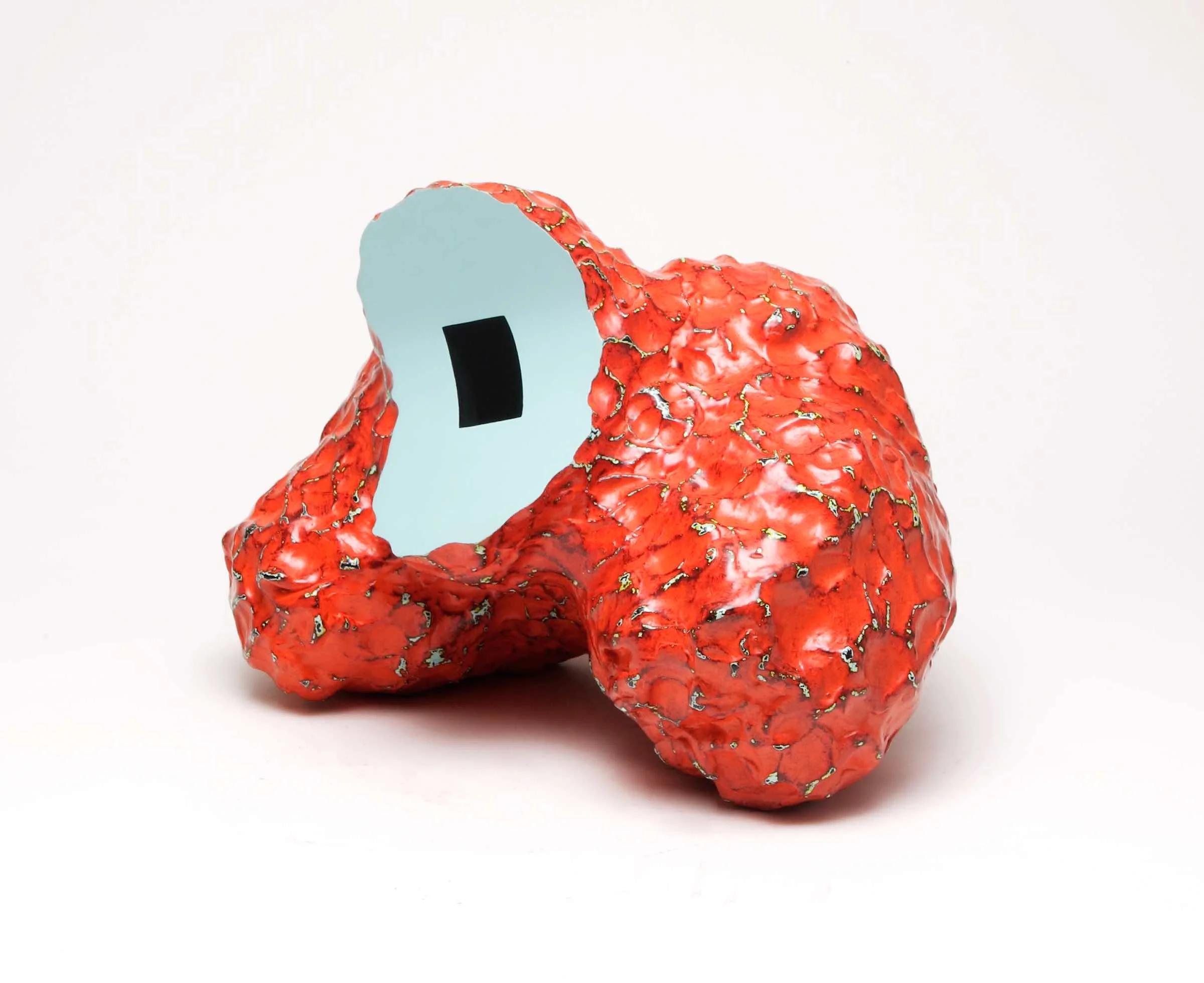
Ken Price. “Rhodia,” (1989). Acrylic on fired ceramic. Dimensions vary. Courtesy Parrasch Heijnen, Los Angeles.

[](#)[](#)
“…where the grickle grass grows”\*
You choose a quiet stretch of South Boyle Avenue, in between the it-corridor of Santa Fe Avenue and the site of the upcoming SoHo House in Los Angeles’ Arts District for the location of your new gallery, Parrasch Heijnen. You’re about to begin a great adventure, traveling the Gallery Trail across the rugged landscape of southern California.
_What was it like to cross 2,000 miles of plains, rivers, and mountains in 1848? The Oregon Trail allows you relive one of the greatest adventures in American history: the journey taken by thousands of emigrants on the Oregon Trail.\*.1_
The Los Angeles Gallery country was opened up by contemporary art renegade Larry Gagosian in 1979. Surfers, musicians, actors, and producers all took part in the West Coast art trade. But it was the natives to the area—such as Night Gallery, who staked their claim in the wilds of Chinatown before moving to the industrial edge of the arts district—who made the journey westward possible for migrants such as Michele Maccarone, who opened her eponymous gallery in September of this year. The young art trade is still important to the region, but blue chip galleries such as Hauser Wirth & Schimmel—who are opening in a 100,000 square foot former flour mill this coming March—are gaining on it.
Franklin Parrasch has been in the gallery business for almost 30 years, running his eponymous space out of a townhome on East 64th Street in New York since 1986. Having consistently shown West Coast artists throughout his career, this Los Angeles venture, in conjunction with Christopher Heijnen, who has worked as a liaison with the NY gallery since 2006, will continue in that vein, opening with a career survey of the works of Kenneth Price.
“It’s really a show I’ve had in my mind for 25 years, and collectively I’ve been piecing together which works would be in this ultimate show,” says Parrasch about the inaugural exhibition, which will come on loan from collectors that he has known throughout his career. In a bold move, nothing in the first show will be for sale. “This gallery is really going to be the offspring of Ken Price, not only in terms of his influence in Los Angeles, but just as an aesthetic influence on the next generation of artists that are really spawning from him. So, it’s really important for me to have this first show in our collaborative space be him, regardless of the commercial viability of it, which there isn’t any.”
_If for some reason you don’t survive—your wagon burns, thieves steal your oxen, you run out of provisions, or you die of cholera—don’t give up! Unlike the real-life pioneers of 1848, you can try again and again until you succeed and your name is added to “The Oregon Trail List of Legends.”\*.2_
The large open space on Boyle will echo the domestic ethos of its NY mother, with a functioning kitchen, and an outdoor sculpture garden where Heijnen hopes to serve lunch and cocktails.
“Basically, with the foundation that Franklin and his gallery in New York has built, we’re going to use this space as sort of a cross-generational reference for how those artists have influenced new artists and new ideas and sort of a cross-pollination.” Says Heijnen about the overall direction of the new space, “It’s sort of unbound and organic, what’s happening with our program here, so I’m super excited for it.”
_When the white man first crossed our lands their wagons were few. Now they crowd the trail in great numbers. The land is overgrazed with their many animals. Do any white men still live in the East? My people talk of moving.\*.3_
With any emigration, scarcity of resources inevitably follows. Los Angeles has not been known to be a buying capital of the art world historically, but Parrasch and Heijnen are optimistic about their prospects, “The interesting thing for me is that we can do things here that the gallery in New York cannot do, spatially and just logistically. And also we’re coming up with this program that’s a little bit different and really investigative and I think it’s going to have its own special impact. It’s not the same as the other galleries, it’s got its own ideas.”
_You need to decide when to set off on the trail. If you leave too early, there won’t be much grass for your oxen to eat. You may encounter some very cold weather and late spring snowstorms._ _But if you leave too late, you may not get to Oregon before winter, which can be very dangerous. If you leave at just the right time, there will be green grass and, for the most part, mild weather._
_When do you want to start?\*.4_
#### **\*** [Seuss, D. (1971). The Lorax. New York: Random House.](http://www.amazon.com/dp/0394823370/?tag=googhydr-20&hvadid=36302461059&hvpos=1t1&hvexid=&hvnetw=g&hvrand=6463843040360147908&hvpone=8.44&hvptwo=&hvqmt=b&hvdev=c&ref=pd_sl_2eukoxi7j6_b)
#### **\*.1** [The Oregon Trail \[Computer game\]. (1993). MECC.](https://archive.org/details/msdos_Oregon_Trail_The_1990)
#### **\*.2** [Ibid.](https://archive.org/details/msdos_Oregon_Trail_The_1990)
#### **\*.3** [Ibid.](https://archive.org/details/msdos_Oregon_Trail_The_1990)
**\*.4** [Ibid.](https://archive.org/details/msdos_Oregon_Trail_The_1990)
